What is the best antenna any Ham Radio operator could put up quickly and one which works very well?
The answer is, of course, the tried-and-true Dipole or, as some will call it, the Doublet. This antenna is by far and away the most popular and the most utilized in sheer numbers throughout the world. For New Hams, the term dipole (two poles) is an antenna that has two arms of equal length of wire for each arm, fed in the middle with a feedline of either coax or twin lead or window line.
A dipole can be any length depending on the band of choice. If the dipole antenna is fed with coax, it should be cut specifically for one band. If the antenna is fed with twin lead (300 ohm) or window line (400 ohm), it can be pretty much any length.

A dipole can be any length depending on the band of choice. If the dipole antenna is fed with coax, it should be cut specifically for one band. If the antenna is fed with twin lead (300 ohm) or window line (400 ohm), it can be pretty much any length.

The term twin lead and window line refer to a feedline for the antenna consisting of two wire sides also called balanced line.
I always encourage ham radio operators to go for the Dipole fed with the twin lead or window line because either of those feedlines presents the operator very little loss in signal strength no matter what the Standing Wave Ratio (SWR) happens to be. The SWR, is the number of standing waves or feedback on one’s antenna line, which may prove to be a problem with coaxial cable. Here are two basic drawings of the two most popular dipole configurations, one called a flat-top and the other an inverted or 46.510 upside-down “V” antenna. First the flat top. As it states, it is a horizontal dipole antenna.
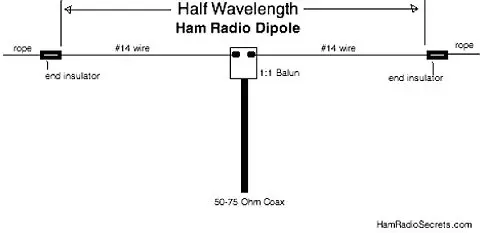
And, the inverted “V” (picture courtesy of Basu, VA2USB, June 9, 2020), a popular dipole variant:
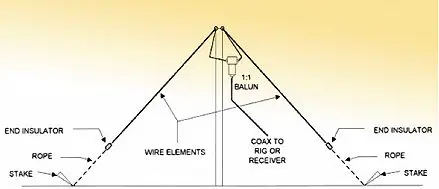
Considerations for building either the horizontal flat top or inverted V antenna: Both of these antennas can be purchased through many different ham radio commercial product distributers. For those who wish to try to build and antenna, here is a list of basic items needed:
- Wire which will be measured equal distances for both sides of the antenna. At the bottom of this article, I will list the basic lengths of wire needed for different band considerations.
- Insulators: these are non-conducting materials needed for each wire end and one in the middle of the antenna (called the center insulator) to connect the two wires to the feedlines.
- A Balun or choke. The balun stands for balanced to unbalanced when connecting a twin lead or window line feedline to the short run of coaxial cable to the radio. A choke is used between a coaxial feedline and the antenna to prevent/reduce common mode or stray current. The balun can also be considered a form of a choke to keep stray current from attenuating on the feedline.
- Antenna Tuner: For multi-band antennas, which are not resonant on the frequency of choice, a tuner will be needed to match your new antenna to the 50 ohms needed by your radio.
My Recommendation for either the Flat Top or Inverted V antenna:
The antennas I build are always multi-band or all band antennas. That is, I make the antenna as long as I can, then feed it with twin lead or window line. I have three multi-band antennas one a flat top and two inverted V antennas.
How long should you build your antenna:
This depends on the amount of space you might have to put up a good wire antenna. If you would like to get most of the bands, say 80 meters or 3.6 MHZ and up, you would need an antenna approximately 134 feet long for optimal operation. Not to worry though as you can operate 80 meters with as little as 100 feet and still get by.
Common lengths for whatever bands you may want to squeeze in:
- 80 meters and up: (3.6 MHZ)- 100 to 134 feet for the total antenna length. Split this number in half for each antenna
- 40 meters and up: (7.150 MHZ)-66 feet total length or 33 feet for each leg.
- 20 meters and up: (14.200 MHZ)- 34 feet total or 17 feet for each leg
Feedline:
As stated previously, one can use twin lead (300 Ohm) or window line (400 Ohm) of whatever length is needed to get to the radio.
Last things:
When constructing the dipole antenna, the wires will generally be soldered, one wire to one side of the feedline and the other wire to the other wire of the feedline. The feedline will then be run to t he radio room area or just outside the radio room and the twin lead or window line will then be attached to one side of what is called a 1:1 current balun. From the other side of the balun, a short run of coaxial cable is used to go to the radio connection. It is my hope that this short article will give some insight into building or purchasing a dipole antenna which will fit into your area and meet your ham radio needs. If anyone has any questions on either building or purchasing a good antenna, please feel free to e-mail me at russ.duteau@windstream.net. Thanks, 73 and God bless to everyone.
Russ K4WQS.
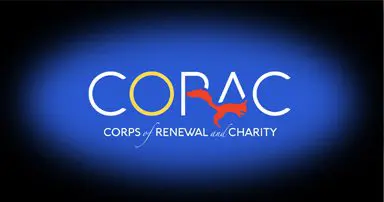





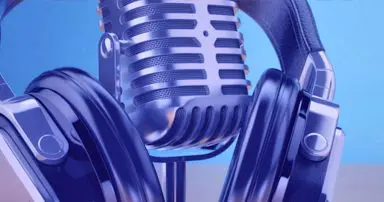

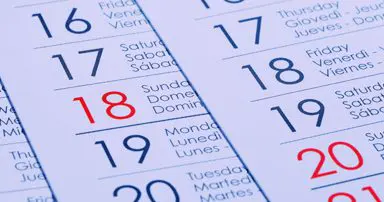

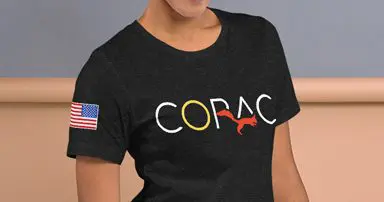






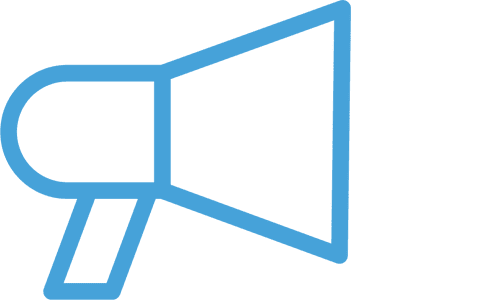

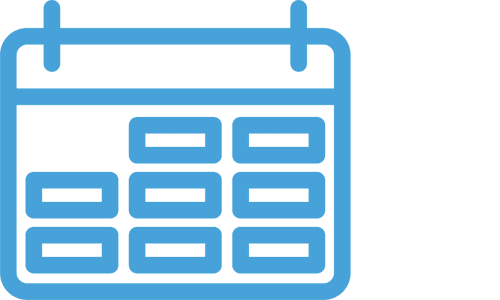





0 Comments